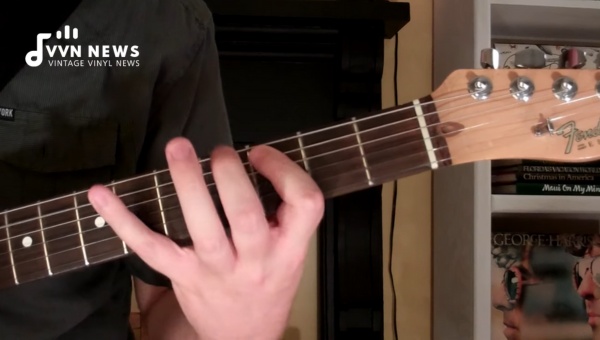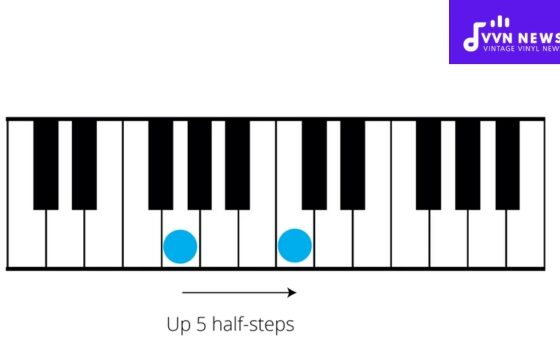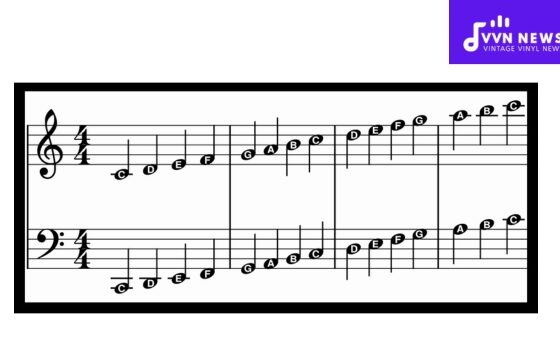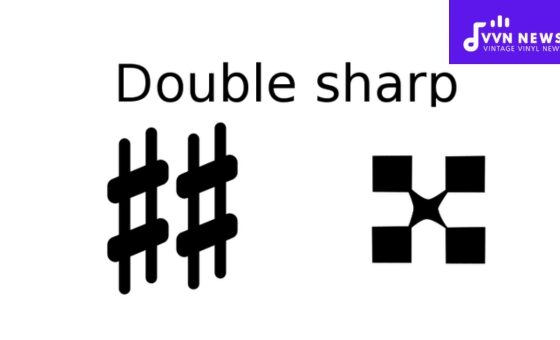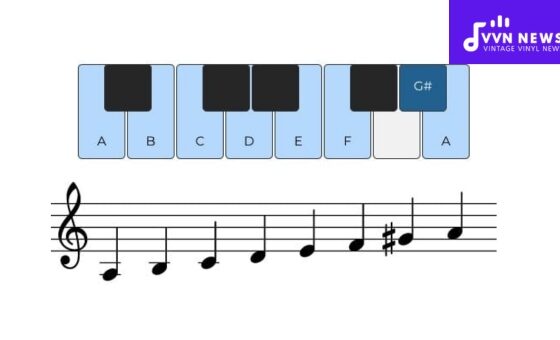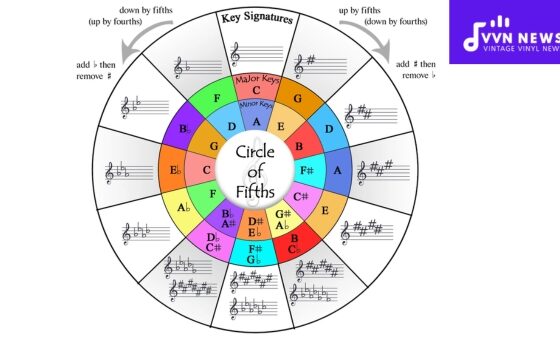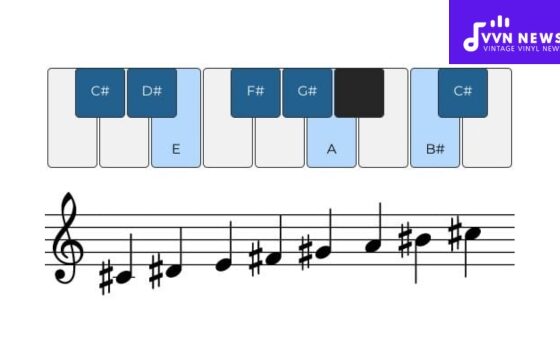Have you ever felt the urge to add a soulful twist to your guitar playing? I know many of us have been in that spot, looking for that special ingredient that gives our music an extra punch.
This is where understanding and mastering the G Major Blues Scale can be a game-changer. It’s a versatile tool in your musical arsenal, perfect for jazzing up a solo or adding some bluesy flair to your improvisation.
Today, I’ll guide you through the ins and outs of this vibrant scale. It might seem daunting at first glance—especially with its blend of major and bluesy notes—but I assure you, with a little practice and patience, it will open up new horizons in your playing.
The G Major Blues Scale isn’t just about learning the right notes; it’s about feeling the groove and expressing emotion through your instrument.
So let’s break down this melody-maker and find out how it can elevate your sound, whether you’re jamming at home or taking center stage.
What notes make up the G Major Blues Scale?
The G Major Blues Scale is a captivating blend of the traditional major scale with an infusion of bluesy flair.
It’s crafted using six specific notes: G, A, B, a blue note of C#, D, and E. This fusion scale starts off with the familiar ground of G Major but takes a unique turn as that C# (also known as the ‘sharp four’ or ‘flat five’) adds a hint of blues to the melody.
This particular note is what truly sets the major blues scale from its pentatonic cousin—it’s the soulful twist that provides musicians with an avenue for emotional expression.
By strategically injecting this blue note, you’re equipped to weave together sounds that resonate with feeling and depth.
Also Read: 20 Best Boost Pedals In 2025 [Pump Up Your Guitar Performance]
Structure of the G Major Blues Scale
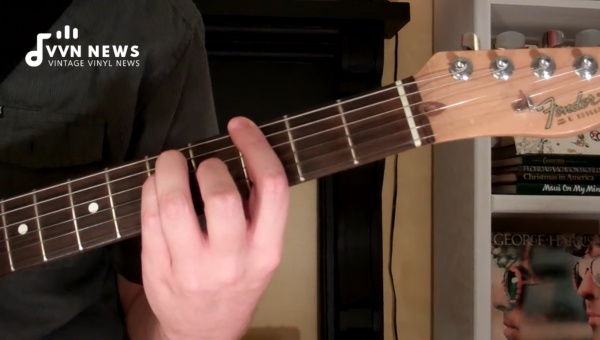
The G Major Blues Scale is a six-note scale that combines the G major pentatonic scale with a bluesy chromatic note.
The magic of this scale lies in its architectural blueprint, which is outlined by the following notes:
- G (Root)
- A (Major 2nd)
- B (Major 3rd)
- C (Perfect 4th)
- C# (Sharp 4th/Flat 5th) – This is the blue note.
- D (Perfect 5th)
To grasp its quick use, remember that the structure starts with the solid foundation of a major pentatonic and sprinkles in that spicy C#, also known as the sharp fourth or flat fifth, dubbed the ‘blue note‘.
This distinctive blue note breathes life into the typical major scale, injecting a dose of soulfulness and depth typical of blues music.
In terms of semitones, starting from G, you would progress: 2 semitones to A, another 2 to B, 1 semitone to C, just a half step (1 semitone) to C#, and finally, 2 semitones to round it back to D.
Understanding this layout will help you visualize where these important notes lay on your fretboard and unlock expressive licks within your playing palette.
G Major Blues Scale Positions
As a musician, understanding and navigating the fretboard is crucial to fluid playability, especially so when working with scales like the G Major Blues Scale.
Knowing various positions for this scale can vastly expand your improvisational skills and allow you to express yourself more freely across the neck of your guitar.
Open Position
Starting in the open position, the G Major Blues Scale can be played with these notes: G, A, Bb, B, D, E. You’ll start with your open G (3rd string), move to A (2nd fret on 3rd string), play that blue note Bb (3rd fret on 3rd string), then hit B (4th string open), followed by D (open 2nd string), and finally E (2nd fret on the 4th string).
Also Read: 20 Best Reverb Pedals For 2025 [Inject New Life Into Your Tone]
Fifth Fret Position
When you shift up to the fifth fret position or what we call the second position, things get a little different. Here’s how it’s laid out:
- G – Play this note on the fourth string fifth fret with your index finger.
- A – Sixth fret of the fourth string with middle finger.
- Bb (the blue note) – Seventh fret of fourth strings with ring finger.
- B – Move back to fifth-or third-string root at seventh-fret
- D – On fifth-string fifth-fret; use your index again.
- E – Reach for the seventh fret of a fifth string with a ring finger.
Moving up and down through this pattern will give you a comfortable sense of how the notes work together in this scale fusion of major brightness and bluesy grit.
Twelfth Fret Position
At the twelfth fret — aka “third position” — we’re essentially repeating what happens at the open strings but an octave higher:
- Start at G on the third string twelfth fret.
- Then play A at the fourteenth fret same string.
- Your blue note Bb, is just up one at fifteenth.
- Drop a string and get back to that root B at twelve
- Skip over for D, which is found on second-string fifteen
- Lastly, land home with an upper octave E, fourteen on fourth.
By understanding these key positions for playing the G Major Blues Scale, you’ll be better equipped to navigate through chord changes and unlock new realms within your playing style.
Also Read: 20 Best Volume Pedals [Top Picks For Controlling Your Sound]
Importance of Ear Training for Blues Scales

For musicians, ear training is the cornerstone of intuitive playing. Especially when it comes to Blues scales, where feeling and groove are paramount, sharpening your aural skills can greatly enhance your musical expression.
Recognizing Patterns and Intervals
With the G Major Blues Scale, for instance, ear training helps you internalize its unique sound—one that mixes major pentatonic brightness with the flatted third’s bluesy punch.
Mastering this blend allows you to recognize and replicate interval patterns with ease.
Improvisation and Expression
The essence of blues lies in its expressive improvisation. Ear training equips you with the ability to anticipate chord changes and weave scales seamlessly into your solos.
It helps you move beyond scale memorization towards creating soulful licks that resonate with listeners.
Playing by Ear
Imagine hearing a catchy blues riff and being able to immediately pick up your guitar and play along.
That’s the power of good ear training; it lets you learn songs faster and join jam sessions without needing sheet music.
Emotional Connectivity
Blues is all about emotion. A well-trained ear allows you to convey feelings more profoundly by making minor adjustments in bending, vibrato, or dynamics—all based on how the scale sounds rather than how it’s notated.
To truly speak through your instrument using the G Major Blues Scale—or any other—take time to nurture your listening capabilities.
It’s not just about hitting the right notes; it’s about making those notes sing with personal expression and emotional depth.
Also Read: 17 Best Delay Pedals For Heavenly Echo Tones
Songs Featuring the G Major Blues Scale
Music is full of nuances and sonic signatures that give each genre its unique flavor, and the G Major Blues Scale is one such hallmark within the blues domain.
Are you curious about which songs feature this wonderful scale? Let’s dive in.
Classics Driven by G Major Blues
The essence of blues has seeped into countless tracks over time, but few have done justice to the G Major Blues Scale quite like these classics:
- “Sweet Home Chicago” by Robert Johnson: This legendary tune lies at the heart of blues history. The scale is woven beautifully throughout the guitar licks that make this song instantly recognizable.
- “Cross Road Blues” also by Robert Johnson: It’s another testament to how the G Major Blues Scale serves as a foundation for profoundly expressive music, with each note conveying deep emotion.
Rock ‘n’ Roll Hits
The influence of blues scales on rock music is undeniable. Take these hits, for example:
- “Rock and Roll” by Led Zeppelin: While this might not be a textbook blues song, Jimmy Page uses elements of the G Major Blues Scale during his solos, marrying the worlds of rock and classic blues seamlessly.
- “La Grange” by ZZ Top: Fueled by Billy Gibbons’ gritty guitar work, you can hear fragments of this scale peppered throughout, particularly in riffs that punctuate this southern rock anthem.
Contemporary Takes
Even in modern music, you’ll hear echoes of this timeless scale:
- John Mayer often dips into the blues scales with a modern take. For example, his improvisations in live performances might flaunt snippets from scales like these. So when Mayer lets loose on a solo during a song like “Gravity,” listen closely; he might just be dancing around our celebrated G Major Blues.
Each of these songs provides a distinct interpretation of the G Major Blues Scale.
For aspiring guitarists and enthusiasts alike, recognizing its presence offers greater appreciation and understanding — it’s like discovering secret ingredients in your favorite dish.
Influence of G Major Blues Scale in Music
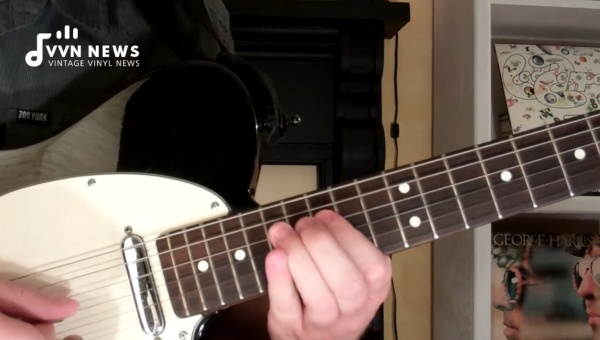
The G Major Blues Scale has left an indelible mark on the tapestry of modern music, influencing a multitude of genres and artists.
Its integration into varied musical landscapes showcases its versatility and emotive power.
Below, I delve into the vast impact this scale has had across the music sphere.
Versatility Across Genres
The G Major Blues Scale isn’t confined to a single musical style; it’s a chameleon that adapts fluidly between rock, jazz, country, and of course, blues.
Legendary rock icons like Jimi Hendrix and Eric Clapton have wielded this scale to craft some of the most electrifying solos known to the genre.
Jazz maestros like Miles Davis have often employed its rich tonality for improvisation that feels both spontaneous and deeply rooted in tradition.
The Emotional Language
Blues scales at their core are about expressing feelings—often those rooted in soulful or melancholic tones.
The unique mix of major and minor notes within the G Major Blues Scale enables musicians to tap into a broader emotional palette, creating layers of sentiment in their melodies.
Iconic Melodies
Think about some unforgettable riffs and licks that have defined entire songs—many find their origin in the blues scale patterns.
These melodies crafted from the G Major Blues Scale often become the signature element people hum long after the song ends.
Cultural Impact
The influence extends beyond individual songs; it’s woven into cultural movements.
The 1960s counterculture movement’s soundtrack heavily leaned on blues-influenced rock music, which had a symbiotic relationship with social change narratives of the era.
From heart-wrenching ballads to foot-stomping anthems, much of what you hear across radio waves gets its character from this scale at one point or another.
By enriching compositions with its distinctive sound profile, the G Major Blues Scale firmly cements itself as a fundamental element in music creation—past, present, and future.
Also Read: 20 Best Phaser Pedals [Top Picks For Epic Sound Effects]
FAQ: G Major Blues Scale
What are the core notes in a G Major Blues Scale?
The G Major Blues Scale consists of the notes G, A, B, C, D, and F#, with an added blue note ‘Eb’ for that bluesy feel.
Can I use the G Major Blues Scale over any chord progression?
The G Major Blues Scale works well over G7 chords and can be effectively used over major key blues progressions in the key of G.
Is the G Major Blues Scale more suitable for beginners or advanced players?
This scale is versatile and suitable for both; it’s simple enough for beginners to learn yet allows advanced players to explore intricate licks and phrasing.
How does the blue note affect the sound of the scale?
The blue note (Eb) adds a touch of tension and color, giving the scale its characteristic ‘bluesy’ sound that resolves beautifully within the scale.
Are there any popular songs that utilize the G Major Blues Scale?
Yes, many blues classics incorporate this scale with Chuck Berry’s “Johnny B. Goode” being a quintessential example featuring solos based on this scale.
Conclusion
The G Major Blues Scale is an incredibly expressive and dynamic tool for any musician.
By incorporating the bluesy nuance into the solid framework of the G Major scale, you unlock a realm of emotional depth and creative expression.
Remember, it’s all about practice and letting your feelings guide your playing.
Keep experimenting with those bluesy bends and soulful vibratos, and there’s no doubt you’ll captivate your audience with every note you play.
